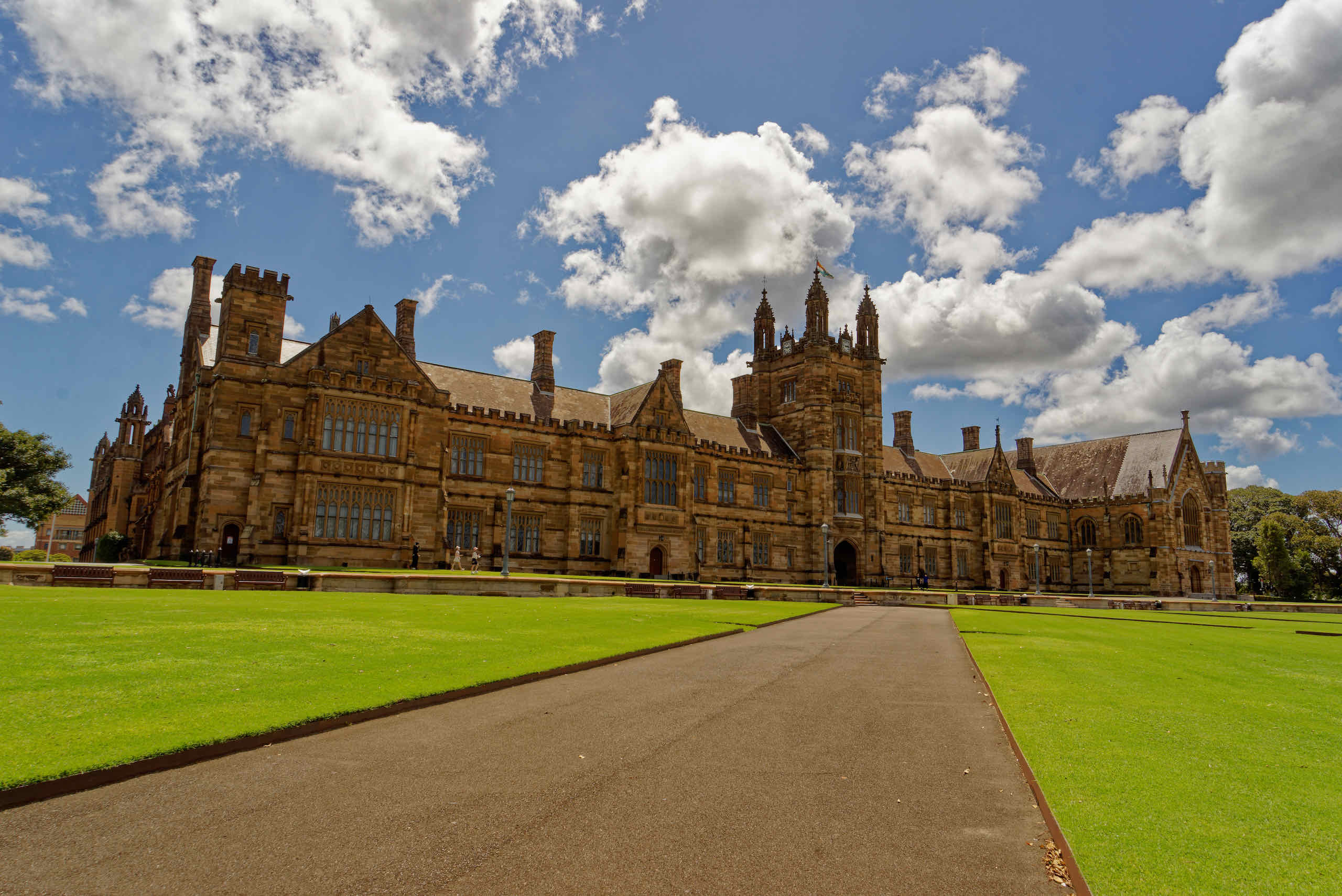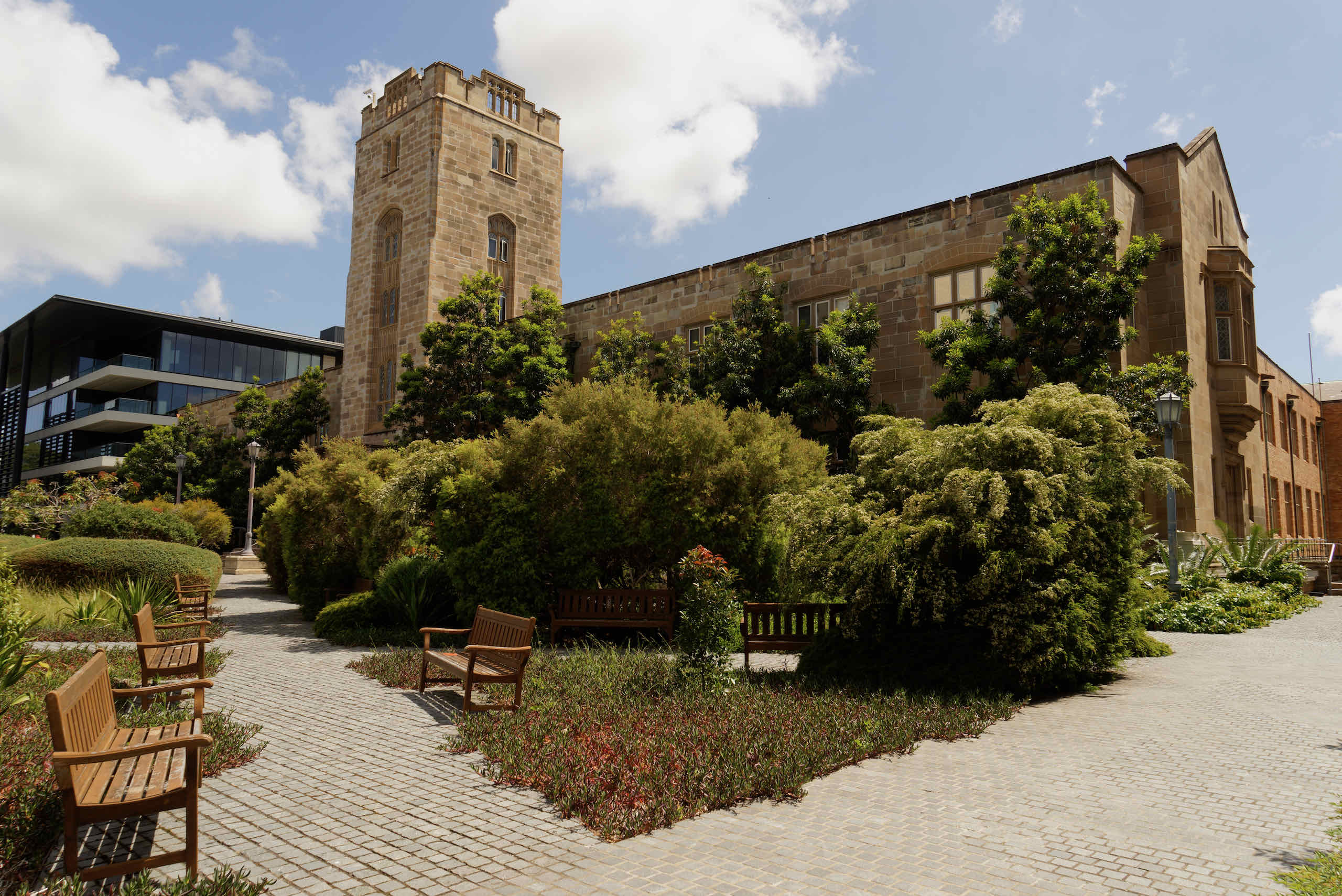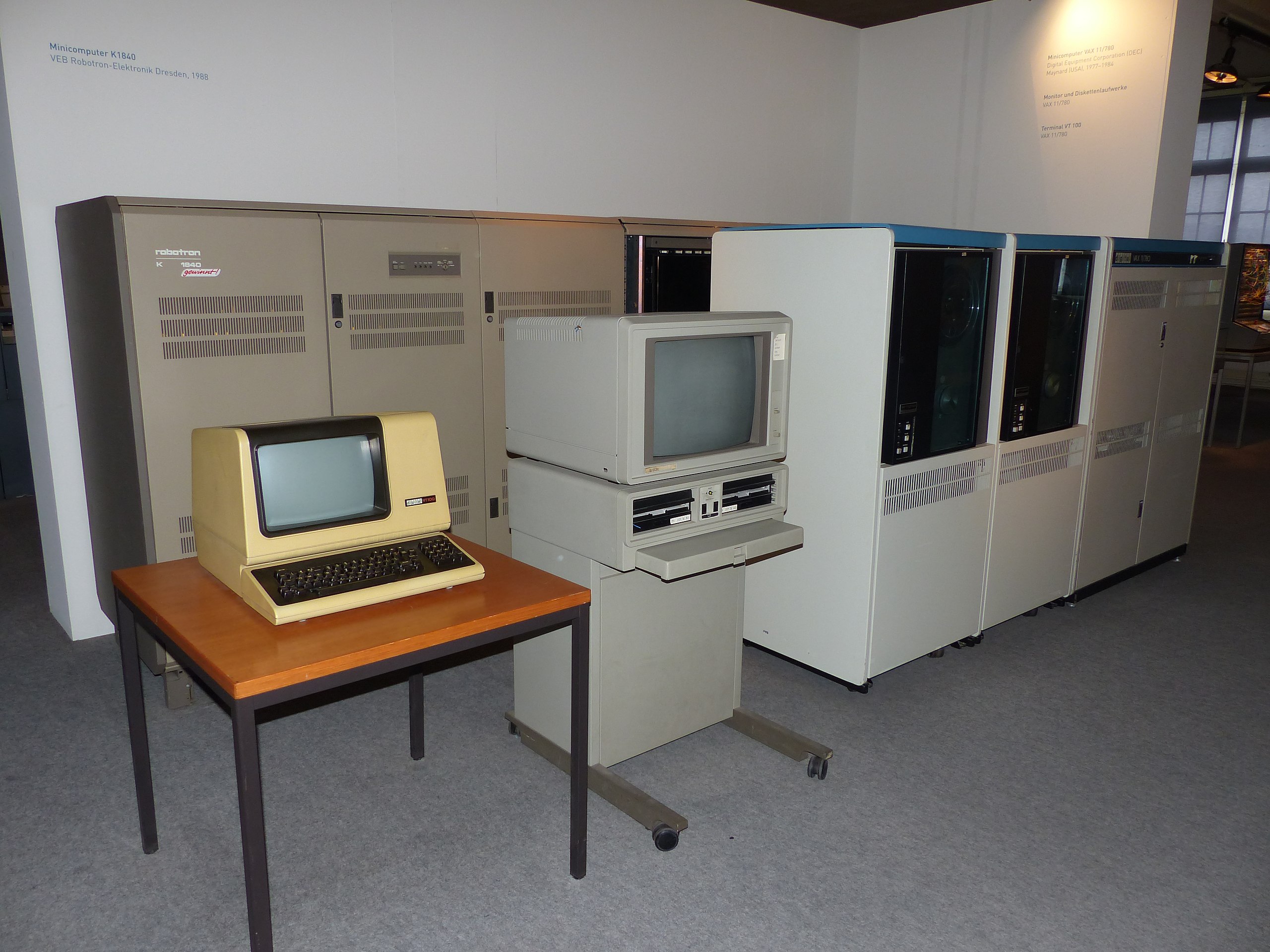About Us
Computer Science in the 1980s
We enrolled at the University of Sydney in 1984 and studied Computer Science as one of our subjects for a Bachelor of Science degree. Some of us enrolled in double degrees (typically Science and Engineering). A number of us then went on to do an honours year in 1987.

Maybe it was just the times, or the “vibe”, or maybe there was something unique about us, but we formed a strong bond as a group and did many things together. For me at least, it was the most enjoyable year of my university life.
Computer Science at that time was a nascent subject, more theoretical than the way Software Engineering or Information Technology is taught today.
The Basser Department of Computer Science at the University of Sydney was aligned to the Maths faculty rather than engineering, and the subjects we learnt were more about the theory and philosophy of computing, and less about the practical aspects of building software.
We studied the theory of computation, the provability and correctness of algorithms, the limits of what can or cannot be solved. We also learnt Computer Architecture, operating systems, programming language theory and compiler construction, and experimented with natural language processing and artificial intelligence.
In hindsight, it was a unique and interesting time to study Computer Science, because the computing industry was transitioning from mainframes and early languages such as FORTRAN, COBOL and Algol, but this is before concepts like design patterns, object orientation, model view controller and languages such as C++ and Java. Python, Linux and HTML did not exist yet. Undergraduates were taught Pascal in the first year, but many honours students (such as myself) did our thesis projects in C and edited code in vi.
Location
The Basser Department of Computer Science was located in the Madsen Building. This is a gothic style building constructed in the 1940s, with a sandstone façade and detailed sandstone moldings throughout. It was established as Australia’s first National Standards Laboratory, and occupied by CSIRO before ownership was transferred to the university in the 1970s.

There was a “secret” (actually, just not well known) way to access the top of the clock tower, from which one can enjoy a bird’s eye perspective of the university campus and City Road.
||Spoiler alert: there’s a cupboard in one of the abandoned offices which opens up to a staircase which takes you up to a protected castle-style roof.||
There was also a tunnel, built during World War II, that ran underneath Madsen from Carslaw to the Physics building, that was frequented by students as an underground walkway during bad weather. Sadly, it seems there is no way to access this tunnel today.
As honours students, we had a common room available to us. Many of us practically lived there (on sleeping beds), and for others it was a place to stop by in between lectures.
The Madsen building currently is home to Geosciences and no longer associated with Computer Science.
Computing Environment
In the early to mid 1980s, the state of the art minicomputer was the ubiquitous DEC VAX 11/780. The University of Sydney was an early adopter and significant stakeholder in the UNIX Operating System, which was virtually unknown outside of a few universities.

The computer used for teaching undergraduates was called ‘basset’ and ran a highly customised version of UNIX/32V, modified to enable the VAX to support hundreds of time-sharing interactive users.
As honours students, we had access to the research computer, called ‘basser’ which was recently upgraded to the Eighth Edition Research Unix, and we managed to have limited access to the Blit programmable bitmap graphics terminal from Bell Labs.

The Basser Department of Computer Science maintained a strong relationship with Bell Labs and the founders of Unix, and we had visits from people such as Ken Thompson, Dennis Ritchie and Rob Pike.
Before the Internet there was ACSNET
The University of Sydney pioneered the interconnectivity of UNIX machines in Australia through ACSNET - a loosely coupled network of heterogeneous machines. The software for ACSNET was called ‘The Sydney Unix Network’ (SUN - not to be confused with a hardware company that manufactured UNIX workstations) and was written by Piers Dick Lauder and Bob Kummerfeld.
ACSNET was significantly easier to use than UUCP (which was commonly used in other countries) as computers were reachable via domain names rather than point to point routing.
The domain name for ACSNET was .oz so the basser VAX at the
Computing Science Department (cs) of Sydney University
(su) would be reachable via the fully qualified domain name of
basser.cs.su.oz.
For more information, refer to the following USENIX paper on ACSNET: ACSNET − The Australian Alternative to UUCP.
Australia was recognised as part of the Internet when the .au domain
was delegated to Robert Elz of ACSNET in March 1986. When Australia was fully
integrated into the Internet, the .oz ACSNET domain was moved under .au to
become .oz.au.
About this website
This website commemorates and celebrates our time and adventures as honours students in 1987 through photos and articles.
This website is built using Jekyll using the Hacker theme, augmented with features inspired by Jekyll Codex Plugin-free solutions.
Image viewing via a lightbox is provided by Lightbox2 and the masonry layouts were generated using the CSS Masonry Generator tool.
hello@christham.net